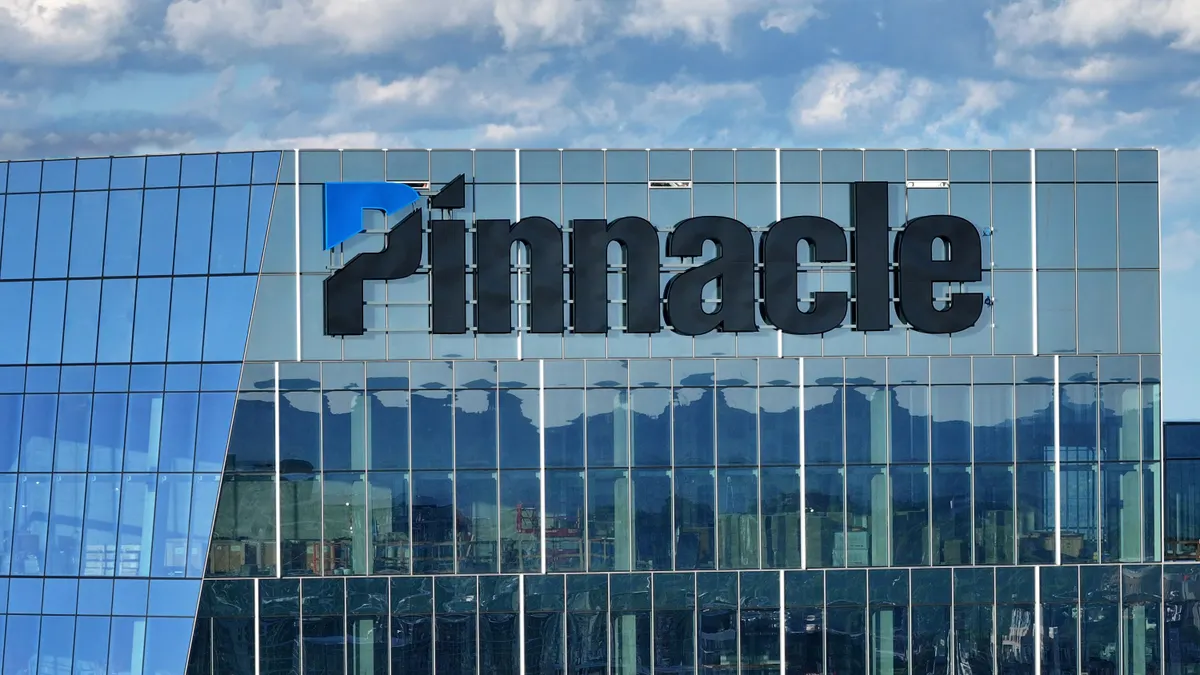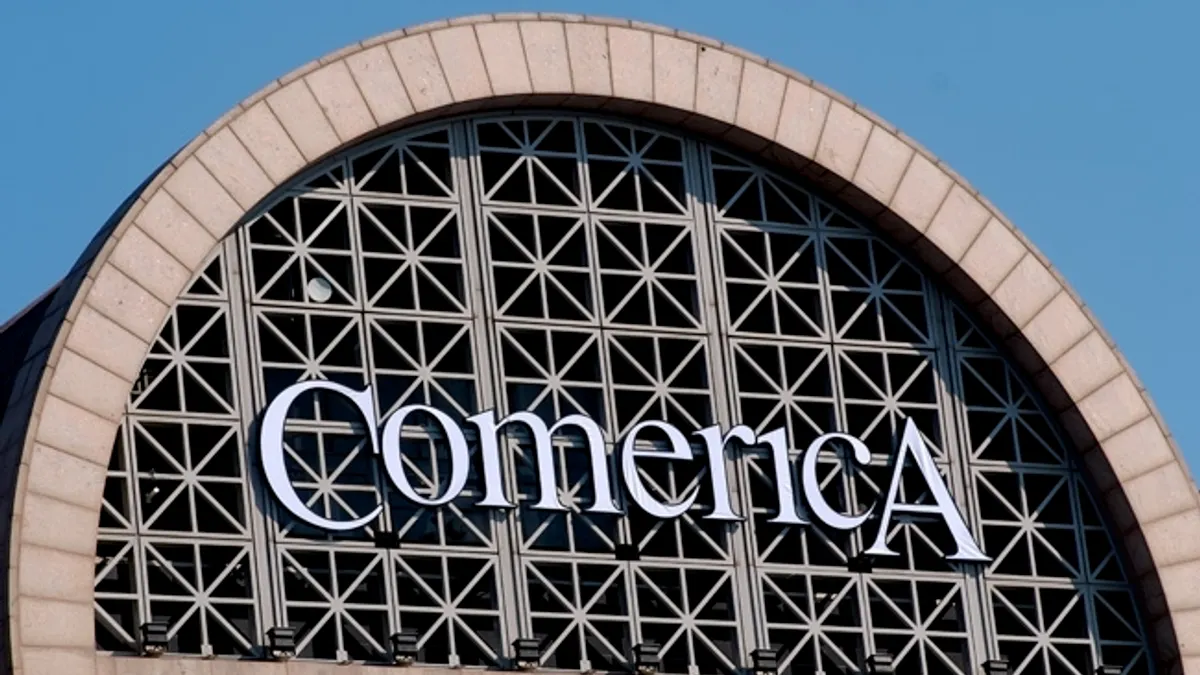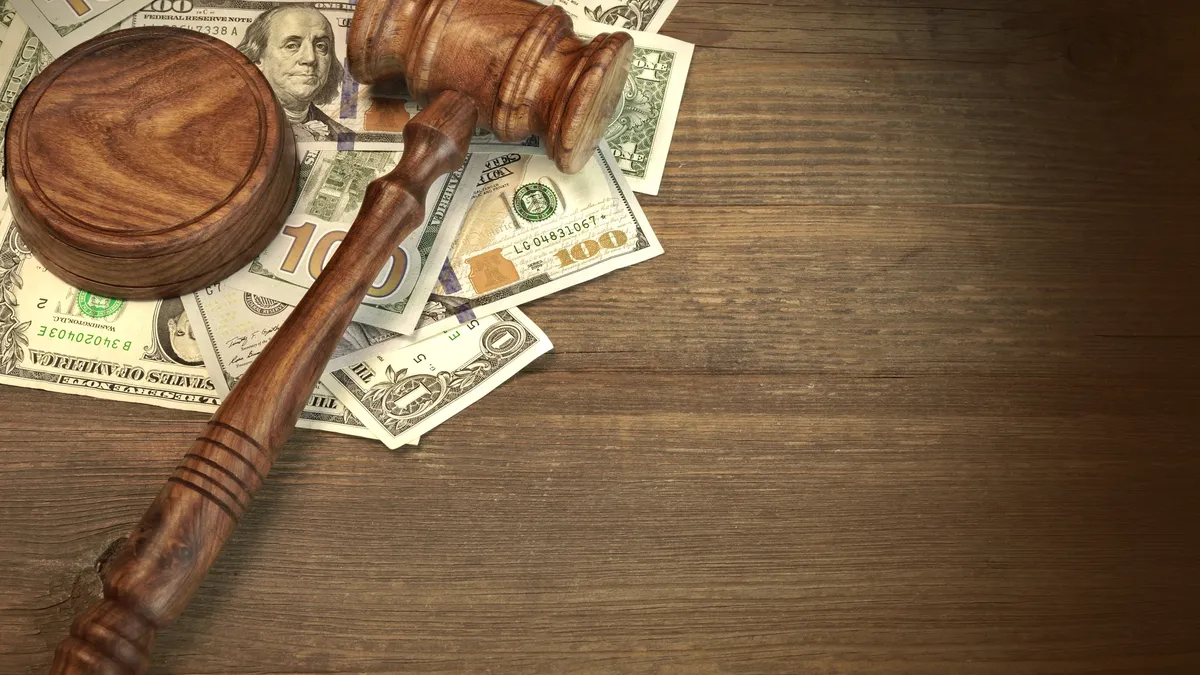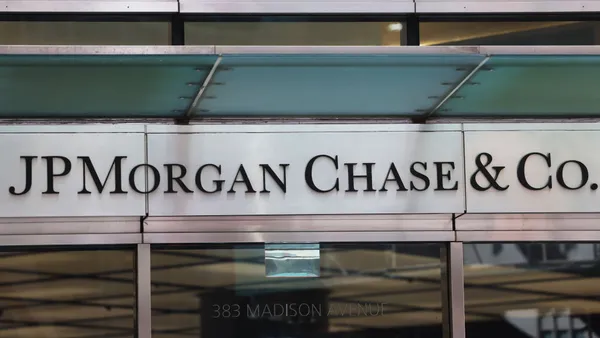With the recent termination of several Wells Fargo consent orders and speculation about when the Federal Reserve’s asset cap on the bank may be lifted, it could be easy – especially in a hyper-domestic news cycle – to miss a massive (overseas) development in bank independence.
The U.K. government on Friday sold the last of its shares in NatWest, freeing the bank into private ownership nearly 17 years after bailing it out during the 2007-08 financial crisis.
At the time, Royal Bank of Scotland, as NatWest was known before 2020, had bought Dutch bank ABN Amro for £49 billion ($79.4 billion) but became mired with toxic mortgage-backed securities.
RBS’s asset total stood at about £2.2 trillion – making it the world’s largest bank, with nearly double the U.K.’s annual economic output. And the bank would have failed without a £45.5 billion bailout from the government.
The U.K.’s Treasury on Friday noted that it received £35 billion from share sales, dividends and fees throughout its rescue of NatWest — but that’s still a £10.5 billion loss.
“Nearly two decades ago, the then government stepped in to protect millions of savers and businesses from the consequences of the collapse of RBS,” U.K. Chancellor Rachel Reeves said in a statement Friday. “That was the right decision then to secure the economy and NatWest’s return to private ownership turns the page on a significant chapter in this country’s history.”
At the rescue’s peak, the government owned 84.4% of NatWest. But the U.K. government has rapidly accelerated the sell-down of its stake in the bank: It owned roughly 38% of the lender as recently as December 2023.
Likewise, U.S. regulators’ hold over Wells Fargo has loosened considerably in 2025. Seven of the banks’ consent orders have been terminated since January, with just the Fed’s $1.95 trillion asset cap – in place for seven years – remaining.
NatWest returned to profitability in 2017 and restored its dividend the next year. But the government held off on fully returning the bank to private ownership for several reasons: political uncertainty, low interest rates in the post-COVID era (which would have further lessened Britain’s return on investment). The U.K. stalled the NatWest release amid tariff uncertainty at the start of the Trump administration in the U.S.
But NatWest’s share price, which has gained 70% in the past year, returned to its pre-bailout level for the first time since 2011 last month.
The post-bailout era has seen NatWest morph from a global juggernaut to a primarily domestic lender. Nearly all of the bank’s income was generated in the U.K. in 2024, compared with 62% in 2007. Its assets count roughly a third of what they were: £708 million as of Dec. 31.
From Friday’s statements, the bank appears to have embraced its newfound place.
“This is a sector that matters,” CEO Paul Thwaite said of domestic banking. “Strong economies need strong banks, and vice versa.”
Nonetheless, by releasing the bank entirely, the U.K. broadens NatWest’s bandwidth strategically – such that it can use its surplus on more than buying back stock. NatWest reportedly put in an £11 billion bid for Santander’s U.K. retail footprint (but the Spanish bank rejected it).
Still, NatWest executives expressed their gratitude Friday.
“I am proud to have been part of the team that has helped build a simpler, safer, more customer-focused bank,” Thwaite said. “It is thanks to the incredible loyalty of our customers and colleagues, along with the support of our shareholders – including the U.K. taxpayer – that this change has been possible.”
NatWest Chair Rick Haythornthwaite added, “We remain deeply grateful to the government – and to U.K. taxpayers – for their intervention and support. At a time of global crisis, this intervention stabilized our banking system and, by extension, our economy, protecting millions of savers, homeowners and businesses.”
NatWest isn’t the first bank the U.K. has released into private ownership after a 2008 bailout. The government exited Lloyds in 2017 – after plowing £20.3 billion into that bank’s rescue. The government had recouped all related costs, with a £900 million cushion.
NatWest, perhaps, may have served as a reminder of the finance sector’s past wobbles. On a macro level, the divestment of government money (in NatWest’s case) or regulator concern (for Wells Fargo in the U.S.) may signal that policymakers are ready to stop looking back – whether at scandals from 2016 or 2008.






















